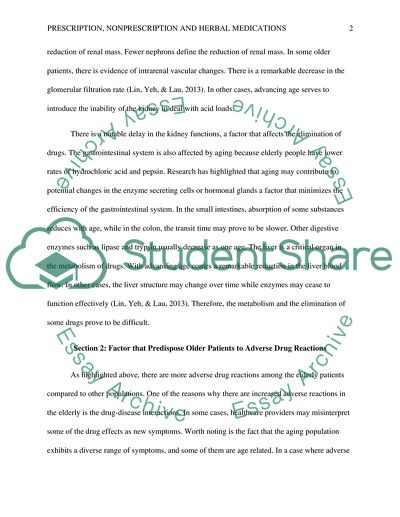Cite this document
(“Prescription, Nonprescription, and Herbal Medication Research Paper”, n.d.)
Prescription, Nonprescription, and Herbal Medication Research Paper. Retrieved from https://studentshare.org/nursing/1700003-prescription-nonprescription-and-herbal-medications-exploring-interactions-in-the-geriatric
Prescription, Nonprescription, and Herbal Medication Research Paper. Retrieved from https://studentshare.org/nursing/1700003-prescription-nonprescription-and-herbal-medications-exploring-interactions-in-the-geriatric
(Prescription, Nonprescription, and Herbal Medication Research Paper)
Prescription, Nonprescription, and Herbal Medication Research Paper. https://studentshare.org/nursing/1700003-prescription-nonprescription-and-herbal-medications-exploring-interactions-in-the-geriatric.
Prescription, Nonprescription, and Herbal Medication Research Paper. https://studentshare.org/nursing/1700003-prescription-nonprescription-and-herbal-medications-exploring-interactions-in-the-geriatric.
“Prescription, Nonprescription, and Herbal Medication Research Paper”, n.d. https://studentshare.org/nursing/1700003-prescription-nonprescription-and-herbal-medications-exploring-interactions-in-the-geriatric.


